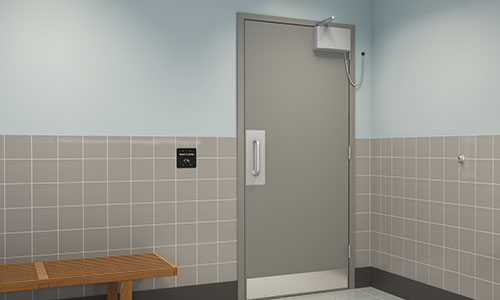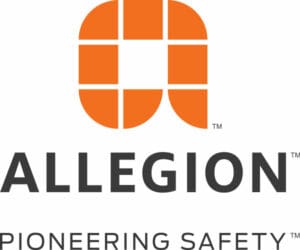Author: Lori Greene, DAHC/CDC, CCPR, FDAI, FDHI, manager, codes and resources
The Americans with Disabilities Act was established 31 years ago. Three decades later, a renewed national conversation on inclusiveness is again in the spotlight, and students with disabilities want to be part of the narrative.
Is it enough to meet the requirements of the ADA? Or would schools and universities benefit from improving the student experience for everyone on campus? Expanding accessibility can create more inclusive learning environments.
Accessibility spans many different areas of learning, but this article focuses specifically on physical access in educational facilities.
Accessibility for all students
One challenge with accessibility in higher education is every institution interprets regulations in its own way, therefore providing accommodation in its own way. Adding to that, higher education institutions can be reactive with accessibility requests, implementing accommodations only after a student has reported a disability and asked for help instead of making entire campuses meet accessibility standards, which is seen in K-12 settings.
K-12 schools adhere to more standardized accessibility requirements, which often leads to schools taking a more active role in meeting students’ needs. With that said, lack of funding or misconception of needs often limits accessibility to the minimum requirements. This is especially common in older schools.
For example, stairs and doors may be barriers to certain wings of the school. Or the only accessible bathroom might be on the other side of the school, a far trek that results in tardiness for a student with a disability. When accessibility is designed into the student experience, students don’t need to pass by a restroom to find one that accommodates their needs.
When students can access the same spaces as their peers, it can make them feel included. That’s one thing that universal design strives to accomplish. Universal design is an approach to designing that meets the needs of every student—regardless of their abilities—so they can all have the same experience. Keep in mind it’s not a replacement for the ADA regulations but a new approach to complement current guidelines.
While both K-12 and higher education will benefit from more accessibility, public perception is even more important to universities for recruitment. An accessible campus is one way to improve the student experience and show how an institution caters to the people it serves—its diverse population of students.
In response to the pandemic, congress approved the CARES, CRRSA and ARP acts that specifically contain funds designated to ensure every student has the resources they need to learn. K-12 schools can use ESSER funding for activities authorized by the Individuals with Disabilities Education (IDEA) Act Program, like adding more ADA-compliant features throughout the school.
Accessible access that exceeds expectations
As mentioned above, budget constraints are often a reason a school or campus only meets the bare minimum requirements. If they could, they would do more. There’s good news: Now, there’s a cost-effective way to offer accessible access at more openings for inclusive educational environments.
The LCN 6400 Series COMPACT™ automatic door operator is a first-of-its-kind solution that automates mechanical door closers. With the wave of a hand, the COMPACT automatic operator opens doors then controls the closing speed.
Automatic door operators are frequently used at main entrances that must comply with the ADA as a simple way to address requirements regarding opening and closing force and maneuvering clearances. The LCN COMPACT is affordable and easy to install, which means you can make more interior doors accessible too.
Learn how the LCN COMPACT automatic operator can affordably exceed accessibility requirements and expectations.














